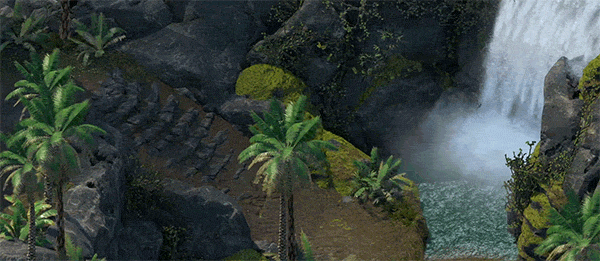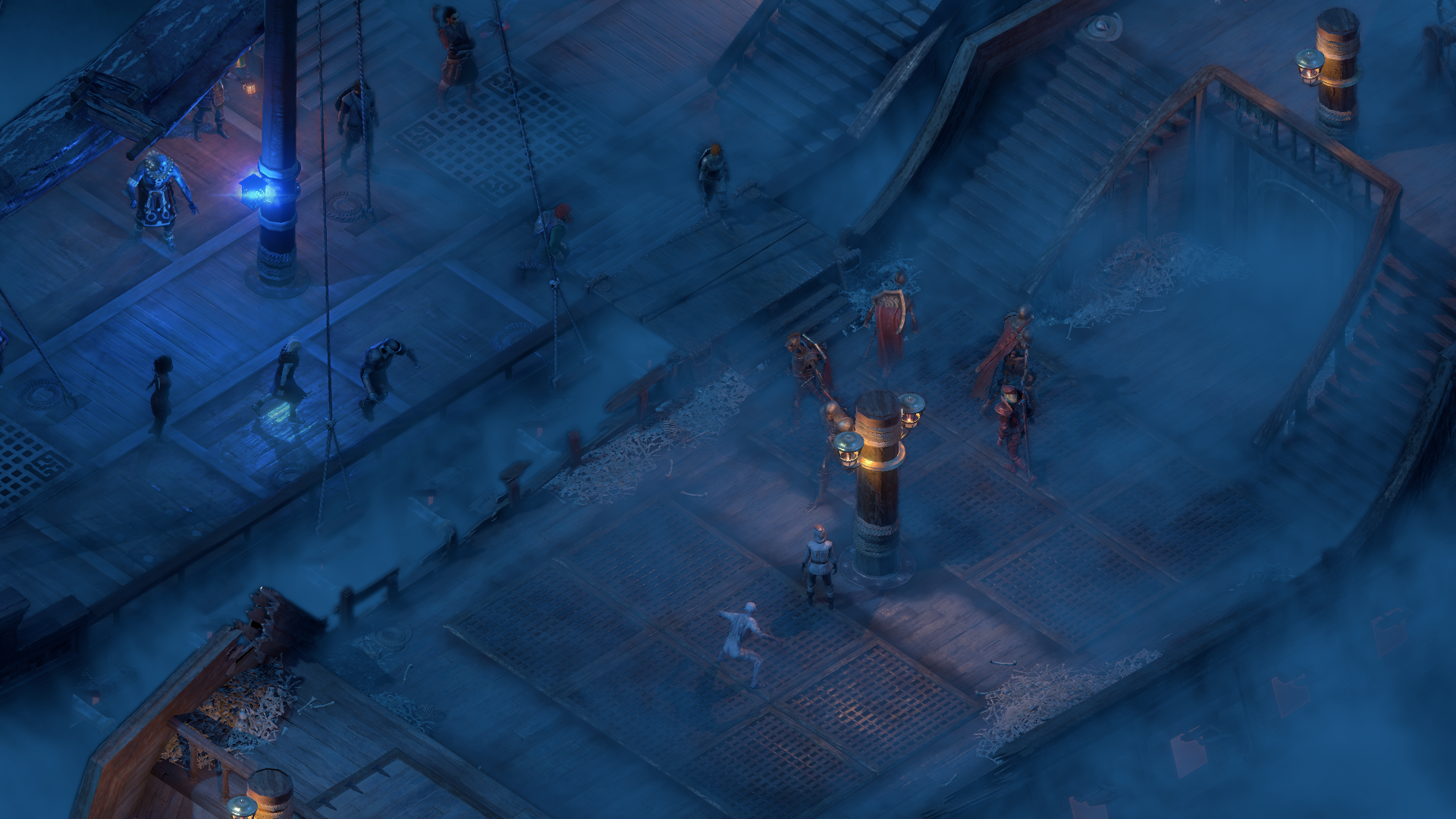Pillars of Eternity II review, Pt. 1
I hardly even know where to start talking about Pillars of Eternity II: Deadfire.
When I played Pillars of Eternity two years ago, the game absolutely blew me away. It captured my imagination as a storyteller, building out a new and wondrous world. It gave me an interest in systems-driven tabletop RPGs, a hobby I’d never considered before. But perhaps most importantly, it sparked my nostalgia, reminding me of hundreds of hours poured into similar games as a teenager.
After successfully pulling isometric cRPGs back into the limelight, the team at Obsidian Entertainment opened the doors to their favorite genre. We’ve seen some competition in that arena (I’m looking at you, Divinity: Original Sin) and the result is a stronger and healthier field of games to play. Still, it’s hard not to see Obsidian’s hand in getting us to this point.
Pillars of Eternity II gave that team a chance to raise the bar for themselves, as well as every other developer.
Author's note: After beginning this review, I realized that I couldn't quite cover everything I needed to in a single post. Rather than drop a 2,000-word behemoth, I'll be splitting my review into two parts—expect the second half on Thursday!
A brighter world
In terms of sequels, Pillars of Eternity II hits all the right notes. There’s an obvious time gap between the end of the first game and the start of the second, and it exists more as a framing device: that intermission let the Watcher of Caed Nua and his companions go their separate ways after saving the Dyrwood. But when Eothas—a god thought to be dead—inhabits a giant statue beneath Caed Nua and rises, he destroys everything in his path. The Watcher is left on the brink of death, his home keep is destroyed, and the world is in chaos as a god-incarnate marches across Eora.
This premise gives players a strong motivation to pursue Eothas and find out what he’s trying to achieve. And it’s that blend of personal incentive and overarching mystery that carries the story, at least in the early hours. But soon after stepping into a new setting—the Deadfire Archipelago— the narrative quickly takes center stage.
Some familiar characters return, but Pillars of Eternity II tells a very different story. The Deadfire is Eora’s last frontier. It’s a region where pirates roam, imperialist navies fight against the natives for land, and the awoken Eothas leaves destruction in his wake.
As someone with a background in isometric RPGs, I know that designing 2D environments takes more than a little magic. But the wizards at Obsidian show their complete mastery of the craft, building out stunning environments and animations everywhere. The locations in the Deadfire are layered and complex, with weather and time effects that bring the whole thing to life. I never got tired of exploring, and visited everylocation just to experience the whole catalog of environments in the game.
Making your mark
Pillars 2 triples down on the concept of faction loyalties. With so many political powers scheming against each other, the Deadfire Archipelago becomes a ticking time bomb. There’s no way to keep the peace forever, and the finale leverages everything from side conversations to companion selections. Those choices test the loyalty and allegiance of everyone in the Watcher’s life, and the consequences feel like a direct addition to the first game’s outcome. It all works to create a depth and cohesion that’s rare these days, even in other RPGs.
The game builds onto other familiar systems while incorporating a new graphics engine. Ship-to-ship encounters play out in two layers, both of which highlight flaws in the combat. The original phase felt like early-access Sunless Sea, a text adventure translated into naval warfare. These turn-based duels force players to develop a handful of go-to tactics, but the most direct route is to board the enemy ship. This, in turn, initiates the now-familiar pause-and-play combat. (More on that in a bit.)
Developing good combat strategies meant I rarely had to deviate. I could cater my party selection to match, even rebuilding character stats to better suit those plans. This is one of the biggest throwbacks to older cRPGs, and it encouraged me to dive headlong into a life of piracy. I made a veritable fortune, buying every ship and unique item and still sitting on a hoard of 300,000 copper pands. That shaped the story of my hero—a Watcher seduced by the privateering life—and added to my immersion in a big way.
Full complement
Before diving too deep into mechanics, I want to highlight Obsidian’s continued support of Pillars 2. The developer has released a few expansions (none as large as the two-part White March adventure from the first game), but the biggest change came earlier this year.
At the end of January, Obsidian released a free update that added turn-based combat. Rumor has it that the studio originally wanted to go this route with the series, but felt that traditional cRPG combat was a core value their audience wanted. But Pillars 2 proved the franchise’s sustainability, and the team dedicated almost a full year to bring this new vision to life.
Transitioning from “pause-and-play” to a turn-based system is an unbelievably large endeavor. It meant changing the UI, addressing spell/skill reset times (and how they function in general), restructuring combat encounters across the entire game, and more. By releasing this as a free addition and an optional style, Obsidian emphasized their passion for letting people play however they want.
A love of RPGs lives at the heart of Obsidian, and no one’s ever questioned that. But it’s great to see the studio broadening their prospective audience with more ways to experience this series. But not every facet of Pillars of Eternity II is perfect, and I'll take a look at the other side of the coin in part two of my review.





